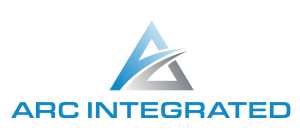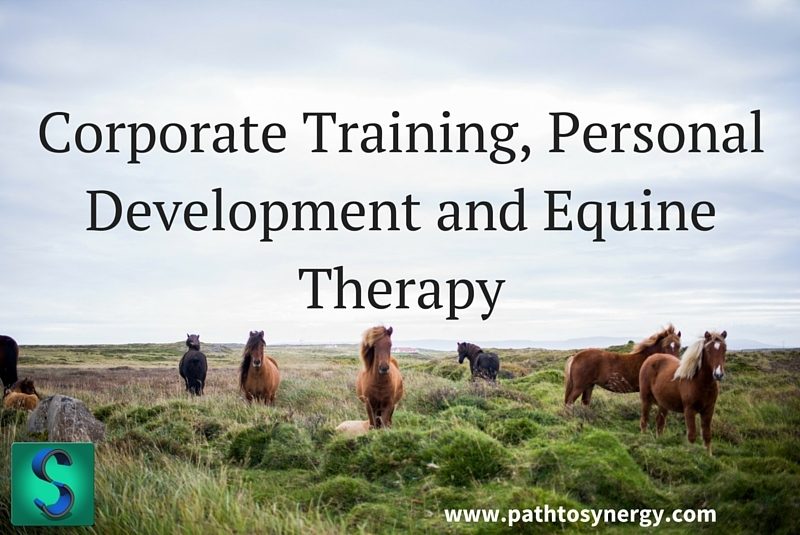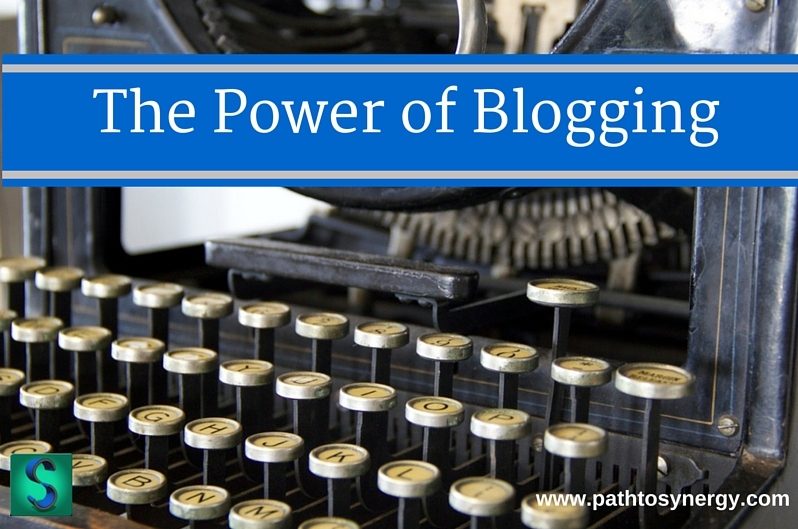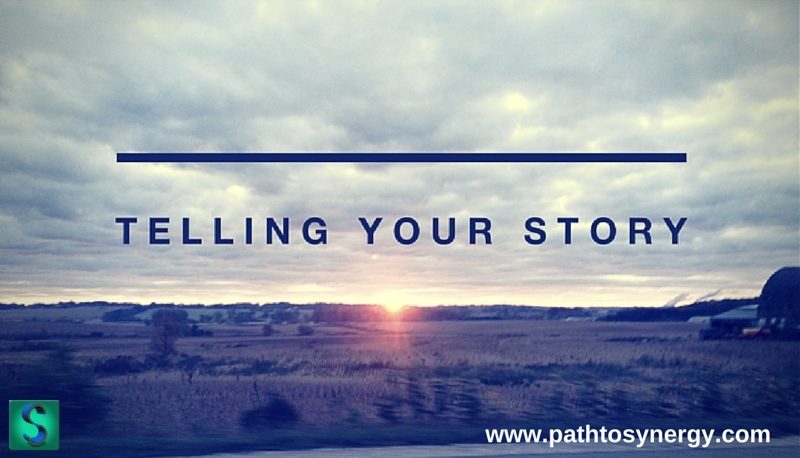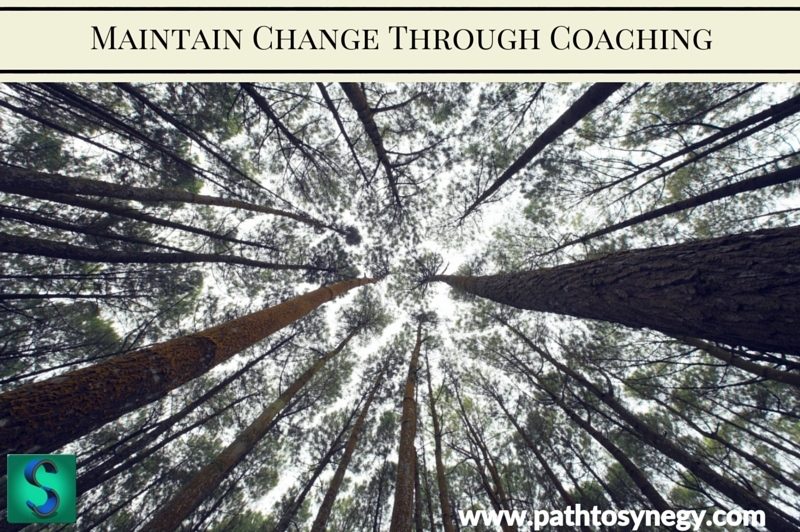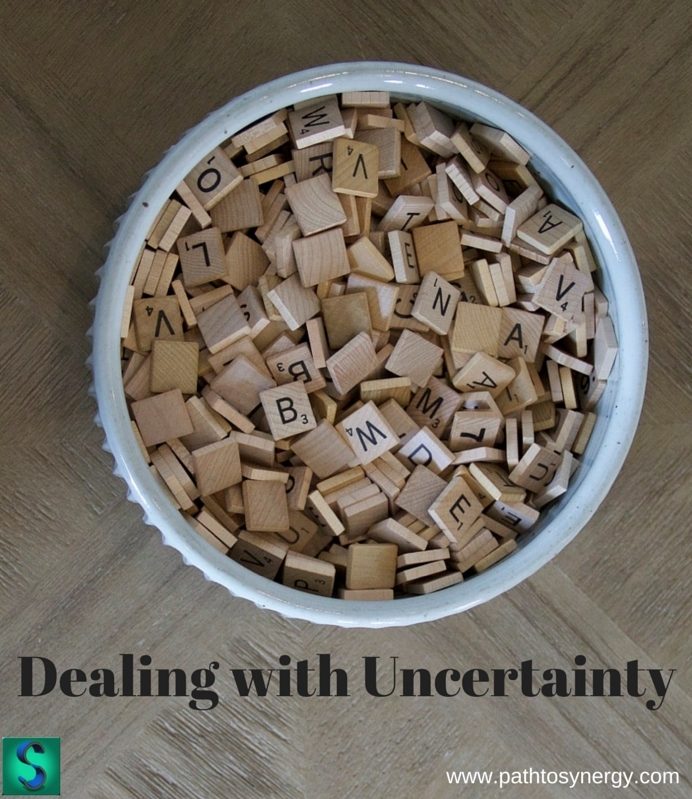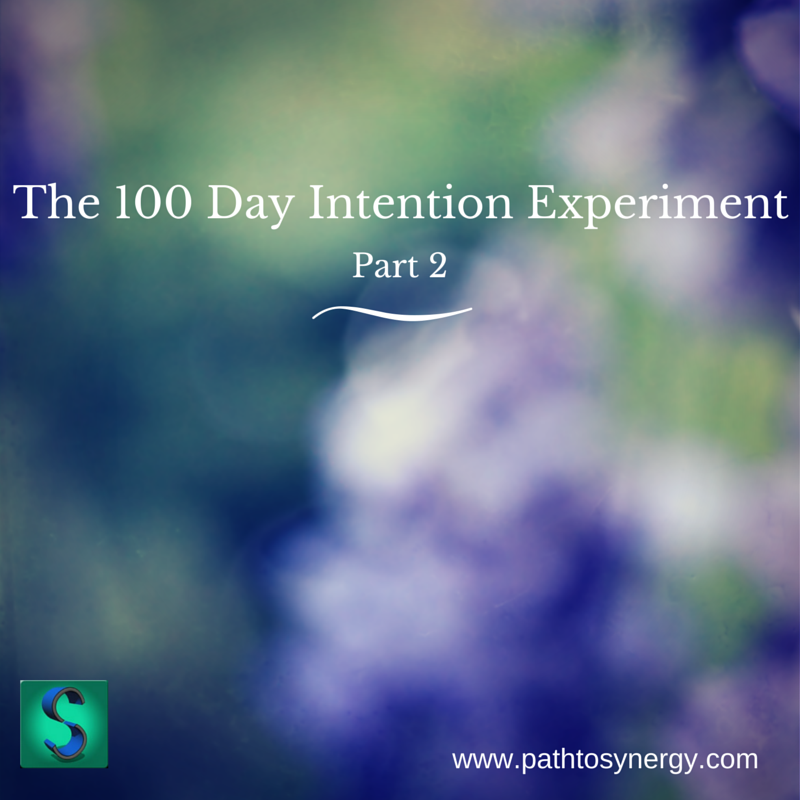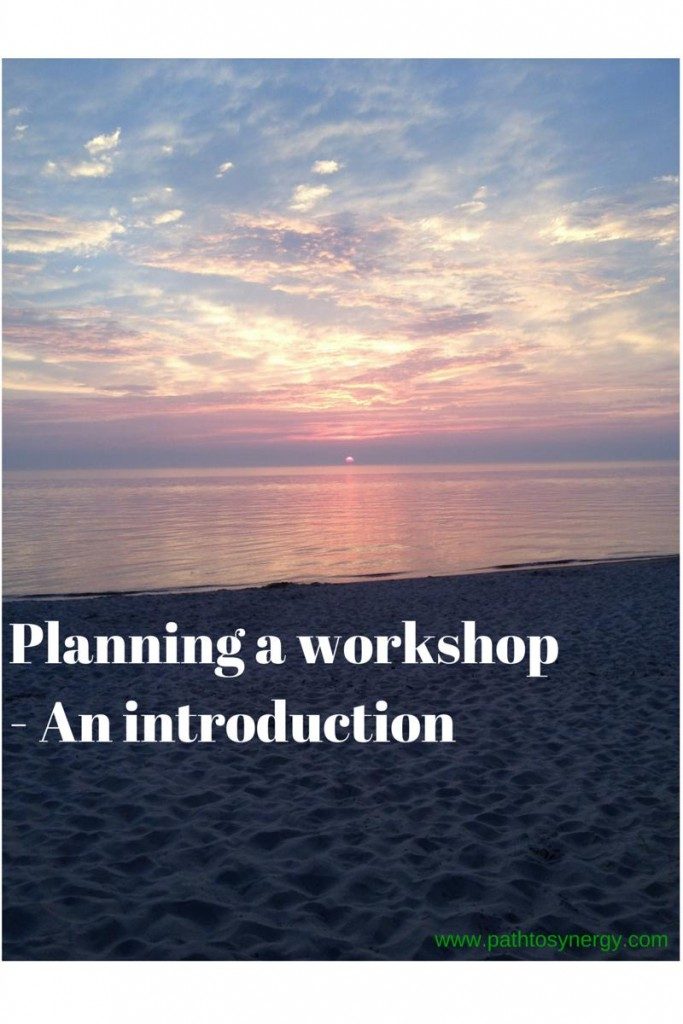The Best Listener at Work

You may wonder why being a good listener at work is really valuable. However, if you experiment with improving your workplace listening skills, you will see changes. In the fast past, high demand jobs so many of us have, really good listening may be something of a novelty. This may because of the ever-impending deadlines, the many distractions we have or the workplace stress. If you commit to being the best listener at work, you may notice that some of these challenges shift.
So how might listening skills impact your work place experience? Well, consider your experience now. How well do you feel heard at work? What do you notice about people how are really present with you when communicating vs. those that are anxious to move to the next “to do”? I would imagine that when someone is really present with you that it is easier to talk to them, you may feel more connected or more at ease. What if you were that person for everyone else? How might this impact your workplace experience if people knew that when they spoke to you, that they could count on you to really pay attention?
Particularly if you are a leader, really good listening skills go a long way. Being able to connect, understand and communicate effectively with your employees is a crucial component of an effective leader. According to a study in The Journal of Occupational Health, it was found that… “psychological stress reactions were lower in subordinates who worked under supervisors with high listening skill, while no statistically difference was observed among older subordinates.”
So if we know that our listening skills have an impact on our overall work stress, it seems like a great advantage for us to actively improve these skills. Below you’ll find three tips to improve your listening skills
1.) Offer more clarity
Repeating something back to someone in the way that you heard it will help to reduce miscommunication. Repeating a statement also offers the opportunity for this person to add additional clarification if necessary. This way of “active listening” ensures that this person is being understood correctly and shows them that you are paying attention.
2.) Focus
Sometimes we can get caught up in how we are going to respond to something. Thinking of what to say next reduces our ability to listen to what someone is saying. Attending to what someone is saying without focusing on how to respond will create stronger communication. Remain focused on the present moment and really digesting what it is that someone is communicating.
3.) Breath
Often times at the workplace we are moving a million miles a minute, which reduces our ability to take in information in any given moment. Taking a few moments to breath as you speak with someone will help you to be more present and process what they are saying more effectively. Before you speak or when you are feeling overwhelmed, stop and take a deep breath. This may sound trivial but can do wonders for not only stress but your ability to communicate and listen effectively.
After you’ve had the opportunity to put these behaviors to the test, I would invite you to make a comment below. I would suggest that in order to notice results you may have to practice one or all three for at least four times a week for three weeks. After you’ve practiced, consider answering the following questions –
How did they work if they did at all?
What did you learn?
How long did you practice each new behavior?
Best,
Michael
P.S. If you want to learn more about how to improve your listening skills at work, in order increase influence, engagement and build effective relationships, we can help. Schedule a free consult today to see if are a fit to work together
